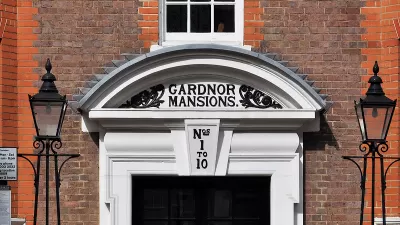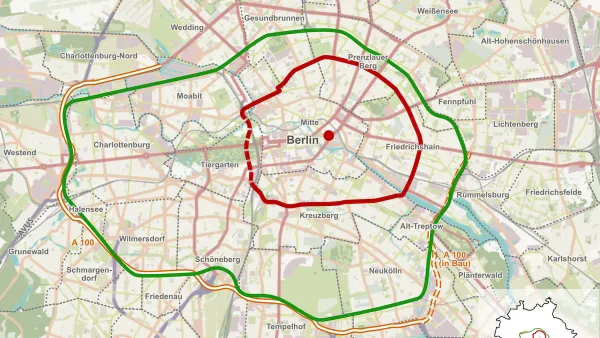Dr. Ralf Brand and Dr. Sara Fregonese have studied how culturally ignorant design has intensified violence in areas of religious and ethnic division, while more sensitive plans have peacefully brought people from different backgrounds together.
In order to understand the impact of physical spaces on social conflicts, both negatively and positively, Brand and Fregonese, from the University of Manchester, have focused their research on cities with histories of religious or political violence: Belfast, Beirut, Berlin, and Amsterdam, writes Sarah Goodyear.
"What [Brand and Fregonese] documented, after hundreds of interviews and weeks of observation, is that urban design can raise tensions in cities where ethnic or religious conflicts are endemic. At the same time, design that is sensitive to local concerns and conditions can have a healing effect."
Brand cites a pedestrian bridge built between Catholic and Protestant neighborhoods in Belfast that was designed in "complete ignorance of the local situation," and became "a flashpoint for sectarian violence," as an example of negligent urban design. On the other hand, he finds that a mall in Beirut that was designed with extensive Christian and Muslim input is an example of how, "when planners and citizens work together, good urban design can help depolarize communities and even potentially prevent radicalization."
Thanks to Akemi Leung
FULL STORY: How Urban Design Affects Ethnic or Religious Tensions

Planetizen Federal Action Tracker
A weekly monitor of how Trump’s orders and actions are impacting planners and planning in America.

Maui's Vacation Rental Debate Turns Ugly
Verbal attacks, misinformation campaigns and fistfights plague a high-stakes debate to convert thousands of vacation rentals into long-term housing.

Restaurant Patios Were a Pandemic Win — Why Were They so Hard to Keep?
Social distancing requirements and changes in travel patterns prompted cities to pilot new uses for street and sidewalk space. Then it got complicated.

In California Battle of Housing vs. Environment, Housing Just Won
A new state law significantly limits the power of CEQA, an environmental review law that served as a powerful tool for blocking new development.

Boulder Eliminates Parking Minimums Citywide
Officials estimate the cost of building a single underground parking space at up to $100,000.

Orange County, Florida Adopts Largest US “Sprawl Repair” Code
The ‘Orange Code’ seeks to rectify decades of sprawl-inducing, car-oriented development.
Urban Design for Planners 1: Software Tools
This six-course series explores essential urban design concepts using open source software and equips planners with the tools they need to participate fully in the urban design process.
Planning for Universal Design
Learn the tools for implementing Universal Design in planning regulations.
Heyer Gruel & Associates PA
JM Goldson LLC
Custer County Colorado
City of Camden Redevelopment Agency
City of Astoria
Transportation Research & Education Center (TREC) at Portland State University
Jefferson Parish Government
Camden Redevelopment Agency
City of Claremont




























